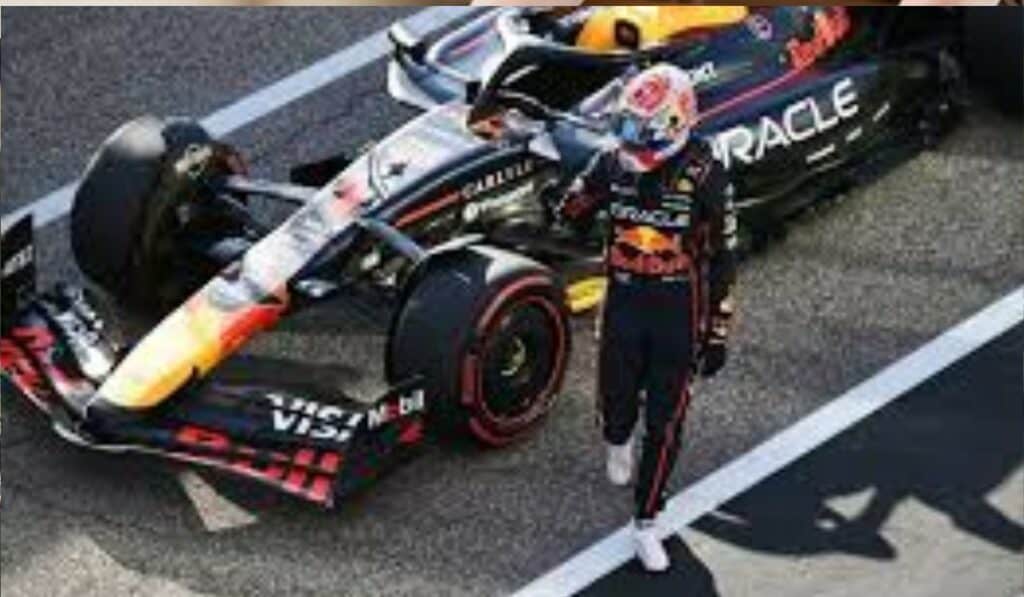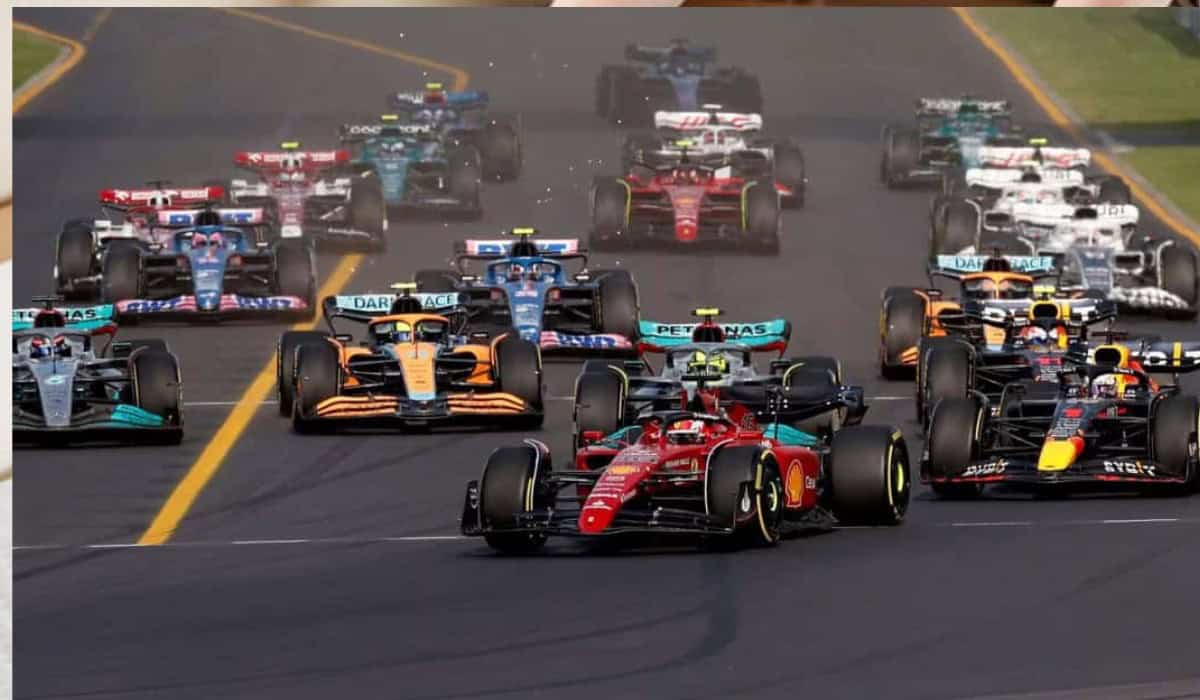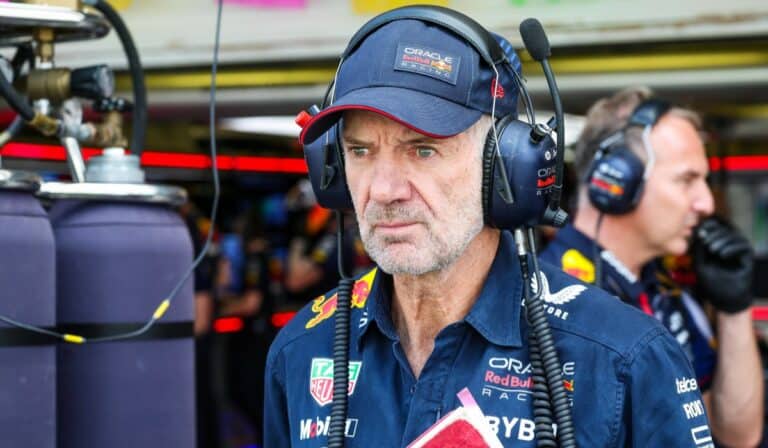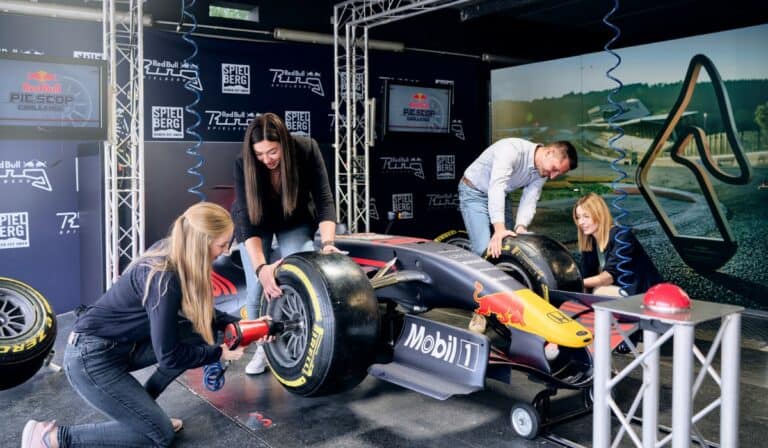F1 Sprint Race Complete Guide Formula 1’s Most Exciting Battle
Formula 1 isn’t just about long Sunday races anymore. In recent seasons, the F1 Sprint Race has become one of the most talked-about changes in the sport — a short, high-intensity race that packs speed, risk, and pure action into just half an hour. For fans, it means more wheel-to-wheel battles every race weekend. For drivers, it’s a test of courage and precision.
If you’ve ever wondered what an F1 Sprint is or how it differs from a regular Grand Prix, this guide explains everything — from rules and format to qualifying, results, distance, and winners.
What Is an F1 Sprint Race?
In simple terms, the F1 Sprint is a mini-race held on certain Grand Prix weekends. Instead of lasting nearly two hours like a traditional race, the Sprint covers roughly 100 kilometers — about one-third of a full Grand Prix. There are no mandatory pit stops, no fuel-saving strategies, and no time to recover from mistakes, making it a thrilling preview of team performance ahead of F1 pre-season testing 2024.
It’s flat-out racing from start to finish. The idea is to add more excitement for fans and more opportunities for drivers to score points.
While a typical F1 weekend focuses heavily on Sunday, Sprint weekends make Saturday matter just as much. Fans get a short race that feels like a highlight reel of speed, battles, and drama.
Why Formula 1 Introduced the Sprint Format
For decades, Formula 1 followed a strict weekend schedule: practice on Friday and Saturday, qualifying on Saturday afternoon, and the race on Sunday. But as viewing habits changed, the sport needed more entertainment across all three days.
The Sprint format was created to give fans an extra show — something fast, intense, and unpredictable. It allows for:
- More competitive action with less practice and more racing
- Extra championship points for the top finishers
- Better fan engagement throughout the weekend
The Sprint format also helps new fans understand F1 easily. No long pit strategies or tyre-saving tactics — just fast, aggressive racing where every lap matters.

How the F1 Sprint Weekend Works
A Sprint weekend looks slightly different from a normal Grand Prix weekend. The format is designed to keep fans entertained from start to finish.
Friday: Practice and Sprint Qualifying
Instead of two long practice sessions, Friday begins with just one short practice session. Teams use this time to fine-tune the car setup quickly. Later in the day, Sprint Qualifying (also called the Sprint Shootout) decides the starting order for the Sprint Race, giving early clues ahead of the official F1 Testing Results.
Sprint Qualifying is split into three short rounds:
- SQ1 (12 minutes): all 20 drivers compete, 5 are eliminated.
- SQ2 (10 minutes): the top 15 battle for places, another 5 are eliminated.
- SQ3 (8 minutes): the final 10 drivers fight for pole position in the Sprint.
The format is fast-paced and unforgiving — drivers only get one or two flying laps per session.
Saturday: The Sprint Race and Grand Prix Qualifying
Saturday is now one of the most exciting days in Formula 1. The morning or afternoon features the Sprint Race, lasting around 25–30 minutes depending on the track. Later in the day, a separate qualifying session determines the grid for Sunday’s main Grand Prix, with teams like Red Bull Racing battling for top positions.
Sunday: The Main Grand Prix
The full-distance race happens as usual, but the Sprint adds extra energy and tension to the entire weekend, with drivers like Lewis Hamilton often making the difference through skill and strategy.
F1 Sprint Race Rules Explained
The Sprint format has specific rules that make it different from the traditional Grand Prix.
Distance and Duration
Each F1 Sprint Race covers roughly 100 kilometers. Depending on the circuit length, this equals around 17 to 24 laps. The event usually lasts 25–30 minutes.
No Mandatory Pit Stops
Unlike the Grand Prix, the Sprint doesn’t require pit stops. Drivers must manage tyre wear and balance risk without wasting a second. Every position gained or lost happens on track.
Points System
The top eight finishers earn points:
1st – 8 points
2nd – 7 points
3rd – 6 points
4th – 5 points
5th – 4 points
6th – 3 points
7th – 2 points
8th – 1 point
These points count towards both the Drivers’ and Constructors’ Championships, which makes every Sprint result meaningful.
Safety Car and Race Control
If there’s a crash or incident, the Safety Car or Virtual Safety Car can be deployed. Because the Sprint is short, every lap behind the Safety Car makes the race even more intense, putting teams’ race strategy in Formula 1 to the ultimate test.
Penalties and Grid Rules
In the current system, the Sprint result no longer decides Sunday’s grid. Instead, a separate qualifying session determines the lineup for the main race. However, grid penalties for mechanical changes or rule violations still apply across the weekend.
What Makes Sprint Qualifying Different?
Sprint Qualifying is a compact, high-pressure version of standard qualifying. Drivers have less time, fewer tyres, and only one or two chances to set a competitive lap.
There’s no room for mistakes — one small error can drop a driver from pole contender to midfield. Because of the time limit, most teams send their cars out early, creating busy track conditions and plenty of drama, with fans following every move of stars like Lewis Hamilton and Shakira.
This quick format rewards confidence, precision, and adaptability — three qualities every great F1 driver needs.
F1 Sprint Distance and Race Time
Every F1 Sprint Race targets the same distance: 100 kilometers. Depending on the circuit, this translates to different lap counts. For example:
- Austria: 24 laps
- Brazil: 24 laps
- USA (Austin): 19 laps
- Belgium: 17 laps
The entire race typically lasts around 30 minutes, making it short enough to stay thrilling from start to finish. With no pit stops and minimal strategy, the focus is entirely on driver performance and overtaking.
F1 Sprint Race Winners and Highlights
Since the format’s introduction, several drivers have excelled in Sprint races. The list of winners often mirrors the strongest performers of the season, but surprises are common, just like fans proudly showing their support with the Ferrari Jacket.
Top Performers in Sprint History
- Max Verstappen – Known for his aggressive starts and control, Verstappen has dominated many Sprint weekends.
- George Russell – Took his first Sprint victory in Brazil before winning the main race the next day.
- Charles Leclerc – Quick, clean, and consistent, Leclerc’s Ferrari thrives in shorter battles.
- Lando Norris and Sergio Pérez – Regular podium finishers who often make the most of the chaos.
Each Sprint race has its own story — a bold overtake, a daring start, or a surprise midfield hero making the top 8.

Why Fans Love the F1 Sprint
For fans, the Sprint weekend transforms Formula 1 into a full three-day spectacle.
More Racing Action
No more dull Fridays filled with long practice runs. Every day now features competitive on-track action.
Constant Excitement
Shorter races mean constant wheel-to-wheel battles. Drivers can’t afford to wait for strategy — every lap matters.
Unpredictable Outcomes
Because the Sprint is shorter, unexpected results happen more often. A good start can earn a small team a few points, while one mistake can cost a championship contender dearly, as observed by Helmut Marko throughout his years in Formula 1 management.
Sprint Race vs Grand Prix: What’s the Difference?
| Aspect | Sprint Race | Grand Prix |
|---|---|---|
| Distance | ~100 km | ~305 km |
| Duration | 25–30 minutes | 1.5–2 hours |
| Pit Stops | None required | At least one mandatory |
| Points | Top 8 (8–1) | Top 10 (25–1) |
| Grid Impact | Independent from Sunday | Qualifying sets grid |
| Focus | Speed and overtaking | Strategy and endurance |
The Sprint is the perfect short-form race for adrenaline lovers, while the Grand Prix remains the ultimate test of consistency and strategy.
The Role of the Sprint in the Championship
Even though it’s short, the Sprint can play a big part in the title race. A driver who wins multiple Sprints could earn 20–30 extra points per season — enough to change championship standings, highlighting the importance of the F1 Sprint Race Format in modern Formula 1.
Teams also use Sprint weekends to test car performance under real race conditions. With less time to prepare, engineering decisions become more critical. That unpredictability often creates dramatic results.
F1 Sprint Results and Trends
Looking at recent F1 Sprint results, a few patterns stand out:
- The top teams (Red Bull, Mercedes, Ferrari, McLaren) usually dominate.
- The first lap is often the most decisive moment.
- Midfield teams frequently score points through clean, steady driving.
- Safety Cars appear more often than in longer races because of the aggressive starts.
This makes every Sprint feel like a race within a race — short, sharp, and full of surprises.
The Advantages and Disadvantages of Sprint Races
Advantages
- More action for fans with three meaningful sessions instead of two.
- Less predictability and more variety in results.
- Additional championship points that reward consistency.
- Simpler format for new fans to enjoy.
Disadvantages
- Higher risk of car damage, which can affect Sunday’s race.
- Limited strategy, which some fans miss.
- Compressed schedule that gives teams less preparation time.
Despite these drawbacks, the Sprint format has become a fan favorite and a permanent part of the F1 calendar.
F1 Sprint Race Rules Recap
- Race distance: approximately 100 km (about one-third of a Grand Prix).
- Duration: around 25–30 minutes.
- Points: 8 to 1 for the top eight finishers.
- No mandatory pit stops.
- Separate qualifying for the main race.
- Same safety regulations as any Grand Prix.
- Grid penalties can still apply across the weekend.
The rules are designed to keep things simple, fast, and fun — making the Sprint easy to follow for every fan.
Why the F1 Sprint Format Works So Well
The modern sports audience loves fast-paced, high-reward entertainment, and the Sprint delivers exactly that. It provides:
- Instant drama and payoff
- Opportunities for smaller teams
- More content for fans and broadcasters
In many ways, it’s Formula 1’s answer to changing attention spans and the rise of short, exciting sporting events.
Final Thoughts – The Future of F1 Sprint Racing
The F1 Sprint Race has added a fresh layer of excitement to Formula 1 weekends. In just 30 minutes, fans get pure racing — no long build-ups, no complex tactics, just raw competition, with strategies often guided by experts like James Vowles.
It rewards brave overtakes, quick reactions, and perfect execution. Drivers love it, fans crave it, and the sport benefits from the extra energy it brings.
As Formula 1 continues to evolve, the Sprint format will only get better. Whether you watch for the speed, the spectacle, or the strategy-free chaos, one thing is clear — the F1 Sprint isn’t just a side event anymore. It’s an essential part of modern Formula 1, and it’s here to stay.
Frequently Asked Questions
What is the purpose of the F1 Sprint Race?
The Sprint adds extra racing action to the weekend and gives drivers more chances to earn championship points.
How long does the Sprint last?
Most Sprint races last between 25 and 30 minutes, depending on the circuit.
How many points are available in a Sprint?
The top eight drivers score points — 8 for first place, down to 1 for eighth.
Does the Sprint affect Sunday’s starting grid?
No, the Sprint and the Grand Prix have separate qualifying sessions.
How many Sprint weekends are there per season?
Usually six Sprint weekends, chosen at circuits that encourage overtaking.
Do drivers pit during the Sprint?
Not usually, unless there’s a safety issue or weather change.
Why do some fans prefer Sprints?
They love the fast-paced format, fewer strategy elements, and unpredictable finishes.







